5 Things to Keep in Mind Before Using a Baby Carrier
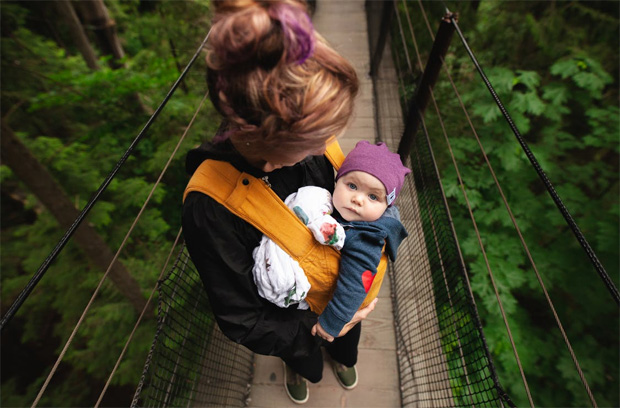
5 Things to Keep in Mind Before Using a Baby Carrier
A baby carrier can be the most useful piece of baby equipment for many parents. It has been around for centuries, making it easier for parents to go about their days while their little one snoozes on them.
Additionally, using a baby carrier — according to experts — can help reduce crying, make breastfeeding easier, and help parents build a better, stronger bond with their babies. However, not all baby carriers are made the same.
Some baby carriers pose a danger to the health and safety of babies. There are examples of baby carriers that were designed to be the “perfect fit” for any newborn baby. However, parents need to be careful in choosing a baby carrier. According to this baby carrier lawsuit, a certain brand caused a parent to develop hip dysplasia after extended use of the carrier.
If this is your first time using or buying a baby carrier, here are five things to keep in mind to avoid ergonomic complications.
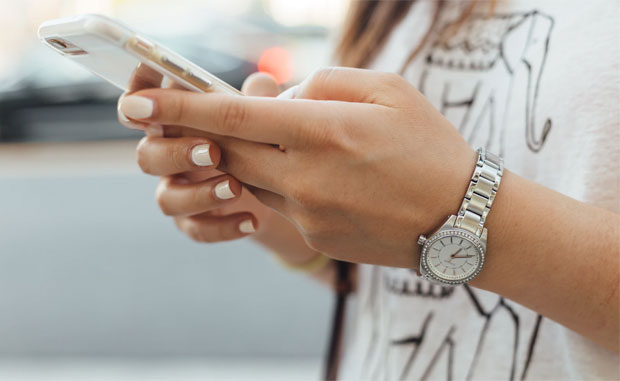
Do your due diligence
Before making the final decision on a baby carrier, it’s important for parents to perform due diligence on their baby carrier options, to find the best fit for themselves and their babies. A great way to do this is to attend a babywearing meeting. There, you’ll have the opportunity to see and try on different babywear. Plus, there will be a professional babywearing educator to help inform you on the best types of babywear for your little one, how to properly use babywearing equipment to avoid injuries or complications, and many other baby carrier safety issues.
IMPORTANT NOTE: Check your baby’s weight, height, and age to see if it aligns with the safety guidelines set by the product you’ve chosen. Go over safety reviews and parenting forums to see what other parents have to say. Furthermore, make sure the product hasn’t been recalled by the U.S. Consumer Product Safety Commission (CPSC).
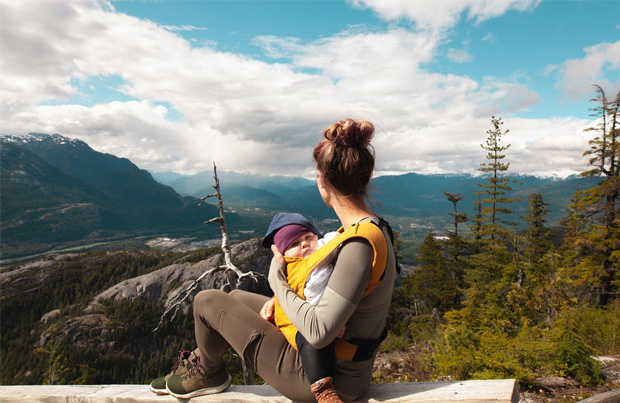
Know the different baby carrying positions
There are four main ways to carry your baby:
- Hip carry
- Back carry
- Front inward facing
- Front outward facing
Your baby’s age, weight, and development stage will be a huge determining factor in the carrying position you should use. The product manual should contain this information. However, if you feel uncertain about these guidelines, contact your child’s pediatrician or talk to a baby carrier expert to avoid using the wrong carrying position for your baby.
Practice without your baby first
Once you’ve found a baby carrier, practice using it around the house, to get used to the feeling of wearing it. However, instead of putting your baby in the carrier, you can first test it out with a doll or a bag of flour so you can have some weight in the carrier. See if you can put your “baby” in and out of the carrier, strap on the carrier and take it off, as well as buckle and unbuckle it without help. Once you’ve had that pinned down, try walking around the house to see how you manage the weight and the feeling of your baby carrier.
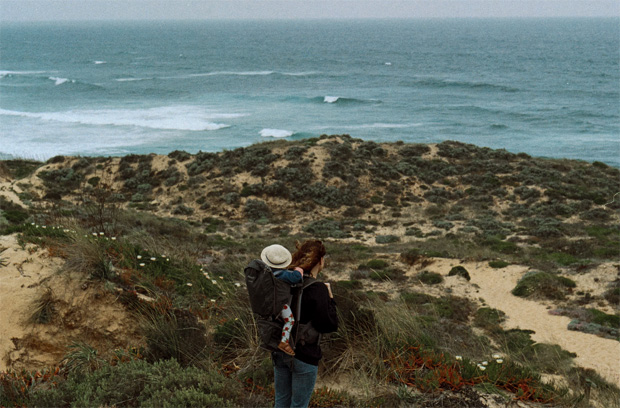
Take note of the dos and don’ts of babywearing
Do:
- Carry your baby using the correct carrying position.
- Sit your baby in an ergonomic carrier position — one which supports your baby’s spine, hips, and legs equally, to prevent hip dysplasia.
- Make sure to secure all carrier fasteners so your baby is snug in their carrier.
- Check for holes, runs, and other unsafe fabric wear and tear that may occur over extended periods of use.
- Be more aware of slippery surfaces, stairs, and other tripping hazards.
Don’t
- Don’t overdress your baby. If it’s cold outside and you plan to wear your baby inside your coat, dress them in their home clothes to avoid overheating.
- Babies need to stay upright when in a baby carrier, so don’t lie down with your baby strapped on.
- Don’t bend at your waist. If you need to bend down to pick something up, make sure to do it at your knees to keep your baby in an upright position.
- Don’t drink anything hot or eat anything hot with your baby strapped on. You don’t want to accidentally spill hot tea or soup your baby’s head.
- Carrying your baby while doing intense physical activities is a huge NO-NO. So, don’t use your baby carrier when you’re biking, running, skiing, and other activities. Light physical activity like hiking or babywearing yoga is okay.
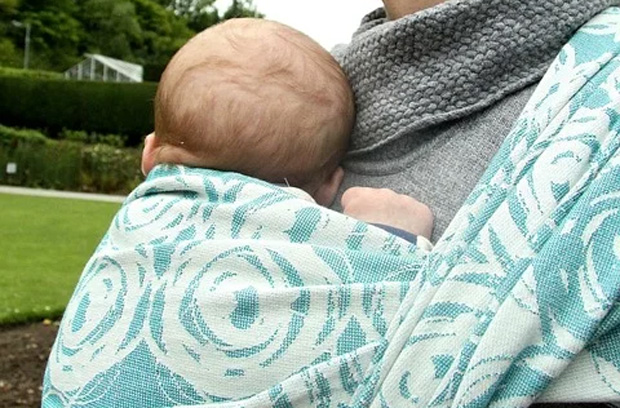
You can start as early as day one
For more experienced parents (i.e., those who have had children in the past), you can start babywearing as early as day one. This is as long as they weigh at least 7 pounds and meet the other criteria set by the baby carrier manufacturers. It’s important for babies to maintain a close connection with mom and dad from the very start. Babywearing can be a great way to give your baby the loving closeness they need and deserve and is safe now you know the things you need to keep in mind before using a baby carrier.
Article by Jessica Compton.





